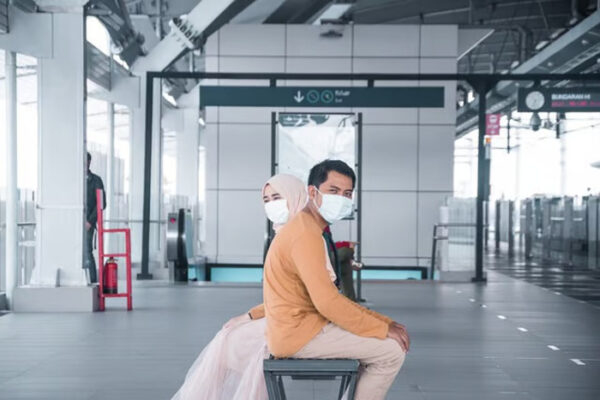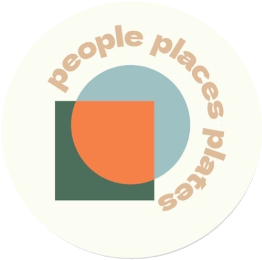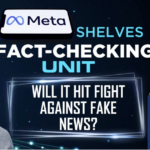
This article is the second installment in a four-part series on Media and Information Literacy (MIL) within the Disinformation Web. In this piece, we delve into the anatomy of COVID-19 vaccine misinformation, its detrimental impact on public health, and how Media and Information Literacy can serve as a crucial tool to combat such pervasive threats.
The Infodemic and the Urgent Need for Media Literacy
The COVID-19 pandemic exposed more than just the vulnerabilities of global health systems; it also unleashed an “infodemic”—a flood of misinformation that hampered efforts to control the virus. Misinformation surrounding vaccines and public health measures magnified the challenges faced by health authorities, leading to significant repercussions on public health.
False narratives about vaccine risks and conspiracy theories hindered vaccination efforts, creating hesitancy and fear. Some individuals, influenced by misinformation online, even resorted to taking medications intended for animals. These incidents highlight the dire need for Media and Information Literacy (MIL) as an essential skill in today’s digital age. MIL equips individuals with the ability to access, analyze, and critically evaluate media content, enabling them to make informed decisions and resist the sway of misleading information.
But to effectively counter misinformation or infodemic, it’s crucial to understand how it spreads.
The Spread of Misinformation: Social Media, Influencers, and Algorithms
Examining the anatomy of the COVID-19 vaccine misinformation hoax reveals how social media platforms like Facebook, Twitter, and YouTube became breeding grounds for false narratives. These platforms inadvertently amplified misinformation, allowing it to reach vast audiences reaching infodemic proportions.
One of the primary mechanisms for this infodemic was the platforming of influencers and pseudoscientists, who, without proper fact-checking measures, disseminated misleading information to their followers. Once false claims gained traction, they spread like wildfire, as users shared them within their networks. The algorithms on these platforms, designed to promote content that generates engagement, further exacerbated the problem by creating echo chambers where these falsehoods were continually reinforced. This made it increasingly difficult for accurate information to reach those who had already been swayed by misinformation.
A significant challenge in addressing this issue lies in people’s inherent biases. Many individuals are predisposed to believe information that aligns with their pre-existing views, making it difficult for public health messages to break through the noise of misinformation.
The Devastating Impact on Public Health
This infodemic or rapid dissemination of misinformation had severe consequences for public health. False claims—such as vaccines causing autism or the denial of COVID-19’s existence—fueled vaccine hesitancy and diminished the urgency with which some people approached the pandemic. This hesitancy contributed to lower vaccination rates, prolonged the pandemic, and led to more severe outbreaks in certain areas.
The strain on healthcare systems intensified as misinformation eroded public trust in health authorities, with many opting to follow unverified advice from pseudoscientific sources. This made it harder for officials to implement effective public health measures and ultimately resulted in higher mortality rates.
Much of this could have been avoided if critical thinking skills and media literacy had been more widespread. Furthermore, had social media companies been held accountable for curbing misinformation, the impact might have been mitigated. While some may argue that such measures infringe on freedom of information, the context of a global pandemic necessitated strong actions to prevent the spread of harmful, life-threatening misinformation.
The DNA Alteration Myth: A Case Study in Misinformation
One particularly persistent falsehood was the claim that mRNA vaccines could alter human DNA. Despite being thoroughly debunked by experts, this myth continued to circulate widely on social media platforms. This case underscores the importance of proactive communication strategies that debunk misinformation early and present factual information in a way that is both engaging and accessible. It also highlights the need for collaboration between health authorities and social media platforms to swiftly identify and remove false narratives.
Building a Resilient Society Through Media Literacy
The COVID-19 infodemic offers a critical lesson on the dangers of viral misinformation in the digital era. Yet, it also provides an opportunity to strengthen societal resilience. By investing in Media and Information Literacy education across all age groups, we can foster critical thinking skills from an early age.
Supporting credible information sources and promoting MIL can empower individuals to navigate the complex information landscape, enabling them to make well-informed decisions about their health and well-being. This comprehensive approach—blending education, critical analysis, and collaboration—is essential for effectively combating infodemic, misinformation and protecting public health.
About Kwento Co
Kwento Co is a vibrant media and information literacy platform dedicated to empowering businesses through effective digital marketing strategies. Our diverse team of content creators, artists, influencers, and young entrepreneurs is passionate about helping businesses of all sizes succeed in the digital landscape. Through tailored marketing solutions, we assist brands in reaching their full potential.





